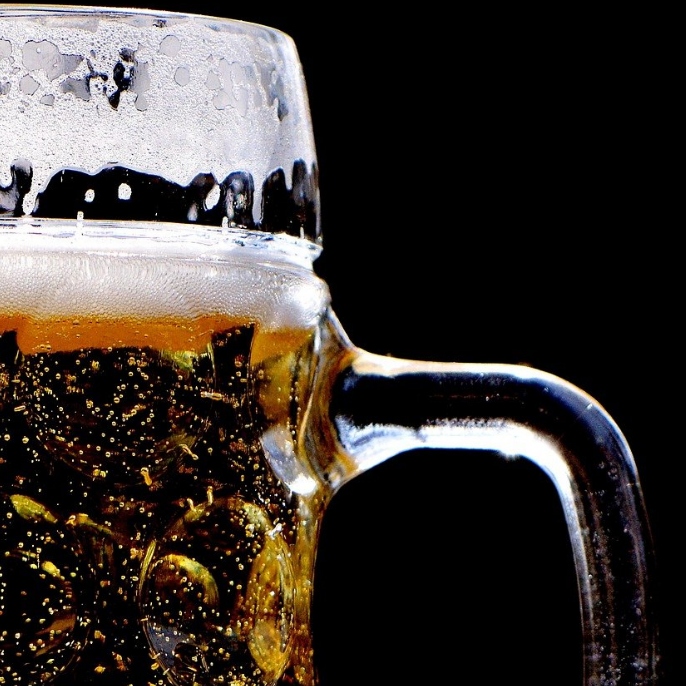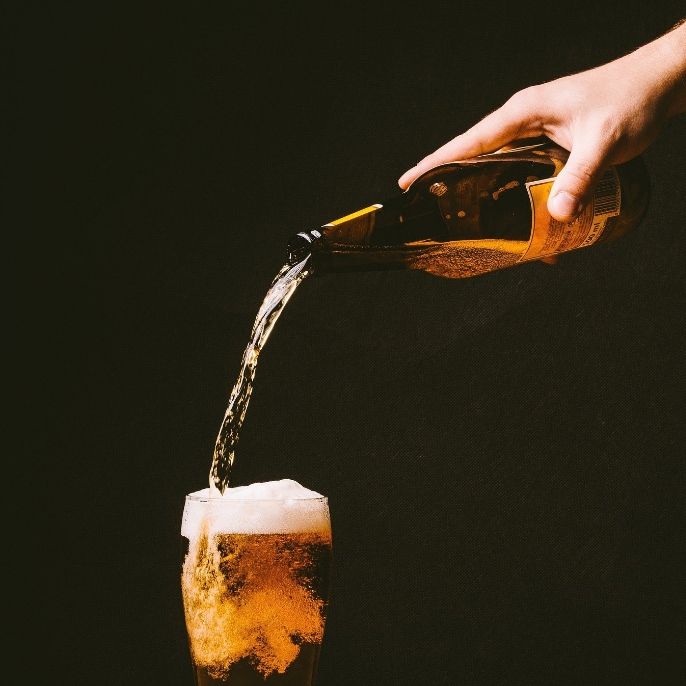

How to correct low (or high) original gravity
I was inspired to write this guide after a reader wrote in to complain that despite following my recipe to a tee, his original gravity reading came in very low. As all-grain brewers, we have all had this problem eventually. It has happened to me on more than one occasion, and it is beyond frustrating to experience. For too long, I assumed that if I missed my target OG, that was the end of it. I should pitch my yeast and hope for the best, knowing I’d end up with a ridiculously low ABV beer at the end of it. After you have dished out all that money on ingredients, this feeling sucks. But that was before I learned how to troubleshoot this oh-so-common problem.
In a moment, I’ll walk you through how to fix a low OG, but first, let’s make sure we’re all on the same page on some of the factors that play a role in your OG before you get to the point of having to make corrections:
In a moment, I’ll walk you through how to fix a low OG, but first, let’s make sure we’re all on the same page on some of the factors that play a role in your OG before you get to the point of having to make corrections:
- Grain milling. This has a huge impact on your brewhouse efficiency (i.e., the amount of sugar you can extract from your grains). Your grains need to be crushed finely. Too coarse and you’re well on your way to low OG. With BIAB brewing, we can err on the side of very fine crushing. Your local homebrew shop should be able to help you mill the grains well. If in doubt, tell the shop you’re brewing in a bag so they know what you’re working with.
- Accurate volumes. I’d say brewing beer is a lot more like baking, and a lot less like cooking. You need to be accurate with all your measurements. Don’t eyeball it. If the final volume is 8% larger than expected, you’ll see an 8% decrease in OG.
- Knowing your brewhouse’s behaviour. Every brewer’s setup will be a touch different than the next guy’s. My system uses a very wide pot that tends to evaporate water ridiculously fast. So I need to use more water than a standard stock pot. Your pot may well do the opposite. Only you can measure the degree to which my system differs from yours. As you brew, especially when you’re getting started, you need to measure your volumes. How much liquid is left after the mash? More importantly, how much liquid is left after the boil? This will determine your evaporation rate (which can also be affected by your altitude, humidity, the width of your pot, burner temperature, among other things).
Of course, you may be stumbling upon this guide because you’re in the middle of brew day and you realize your gravity reading is way too low. You’re probably thinking, “dammit Lavoie, get on with it!” Message received!
How to correct your original gravity
When your OG is too low
I’ve got good news for you lad: it’s pretty easy to adjust your OG! Your friend—no, your saviour—is dry malt extract. I always keep a pound or two of light DME extract in the house, just in case I need it. This is what will save your bacon (or your wort, anyway). You’re going to toss a calculated amount into the wort to boost your gravity up to your target range.
Let’s first cover some basic math. Full credit goes to Brad Smith for these formulas.
- Calculate the difference between your target OG and what you ended up with. Multiple that number by 1000 to get a points reading. For example, if your target OG is 1.060 but you’re sitting at 1.035, you’d end up with 25 points—(1.060-1.035) x 1000 = 25 points.
- Alright, so now you know, you need to raise your gravity by 25 points per gallon. What does that mean? It means you need to add 25 points/gallon of dry malt extract. If you’re brewing one of my recipes, I aim for a final yeild of 1.3 gallons. So we take 25 x 1.3 = 32.5. We need to add 32.5 points to our wort in this example.
- DME has a potential of 1.046, which means it contributes 46 points/lb added. So, we just need to take the 32.5 points and divide it by 46 to get 0.71 lbs DME to add to the wort.
WHEN DO YOU ADD THE DME?
There are two distinct opportunities in the brew-day process for you to add the DME. If you want my advice, take Option B.
Option A (near the end of the boil): The formula I’ve outlined above assumes you’re measuring your OG near, or at the end of your boil. I’ve kept the math simple by assuming your post-boil volume is 1 gallon. However, my recipes are designed to have a post-boil volume of 1.3 gallons, so you would need to adjust the math accordingly. But, by designing my recipes to have a bit more wort than needed, it gives you the flexibility to correct your gravity near the end of the boil. Why? Because if you need to add 10 minutes to the boil, to sanitize the DME you just added, you’ll still have enough wort to transfer to the fermentor. Of course, this means you’re extending the boil, which could impact your IBUs. But at this point, I’d rather have the right OG and risk a slightly more bitter beer than planned. If you don’t want to mess with your IBUs, you could take the gravity reading with 15 minutes to go in the boil, tossing in the DME for the final 10.
Preferable: Option B (before the boil): Ideally, you don’t want to wait until the end of the boil to make corrections. This is why it’s important to measure your gravity reading after the mash, before the boil. Here’s how this works:
- You first need to calculate the total gravity points you’re aiming for. Assuming you’re using one of my recipes which have post-boil volumes of 1.3 gallons, and assuming our recipe has a target OG of 1.065, you know that our beer needs to have 85 gravity points to hit our mark (1.3 x 65).
- So, your wort is ready for the boil, and you take a gravity reading and it comes in at 1.035. Now you need to multiply those 35 points by the pre-boil volume in your kettle. Assuming you have 2.2 gallons in the kettle, you can determine the total gravity in your kettle: 2.2 x 35 = 77 points.
- Now we know that we’re just off the mark: 85 (our target) minus 77 (our current gravity) = 8 points.
- From here, we can assess how much DME to add. Remembering from above that DME has a potential of 46 points per lb, we divide 8 by 46 to get 0.17 lbs DME to add to the wort.
Regardless of which option you take, I can’t stress enough how much easier a refractometer makes this (instead of a hydrometer). A refractometer is almost instant in its reading and requires only a drop or two of wort. If you want to up your game, I can’t recommend making this switch quickly enough. I explain why here.
When your OG is too high
Now, in the rare chance your OG is too high, water becomes your friend. You just need to add the right amount to dilute your wort to the right level. How much water do you need? Well, math comes to our rescue yet again, as does Brad Smith, whom I must fully credit for this.
- Assuming again that our target OG is 1.060 but you’re sitting at 1.065:
- Take the current OG points (65 points) and multiply it by your final volume. Assuming 1.3 gallons: 84.5 points.
- We divide this number by the target points. So, 84.5/60 = 1.41 gallons.
- Subtract 1.41 gallons by the 1.3 gallons we’re aiming for at the end of the brew to get the amount of water you need to add. In this example we’d need to add 0.11 gallons of water (416ml) to hit our target OG.
This article was published in www.beercraftr.com